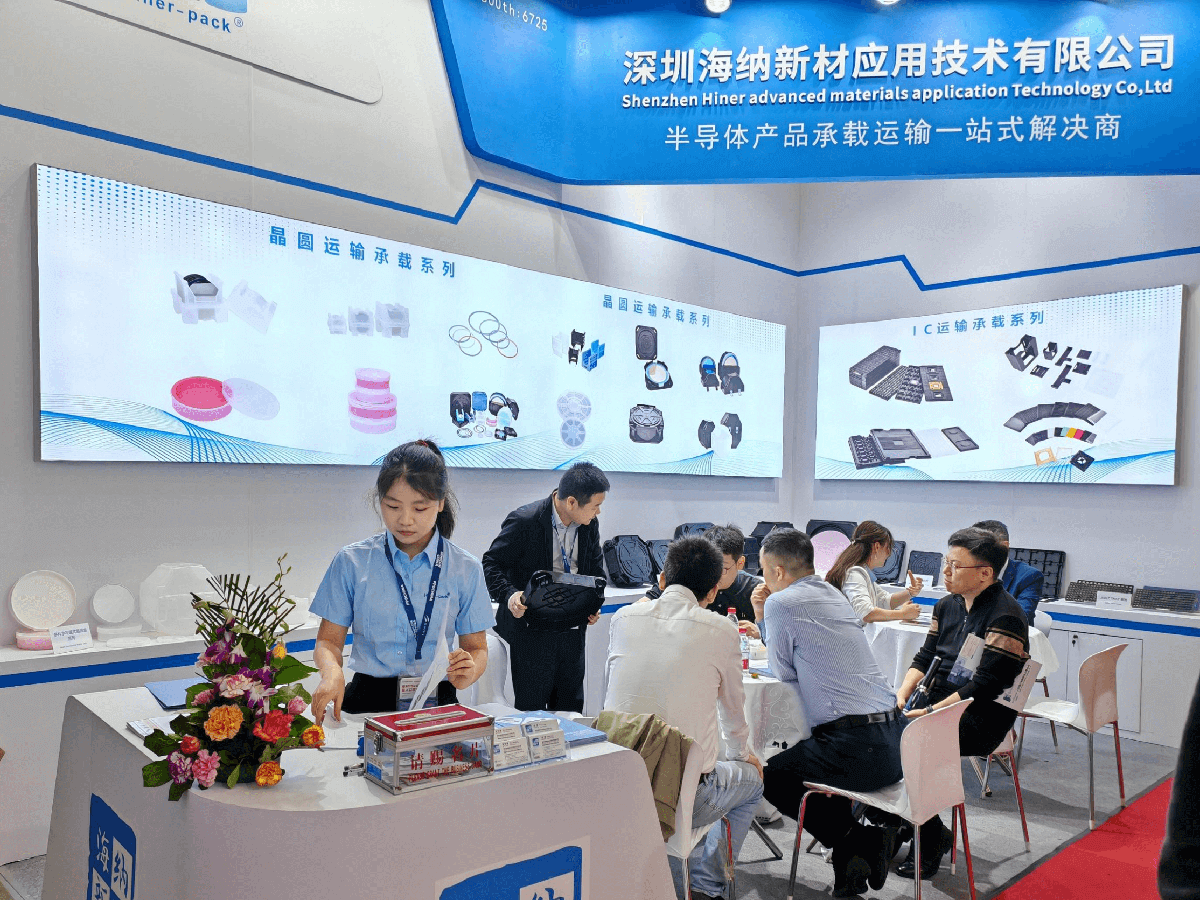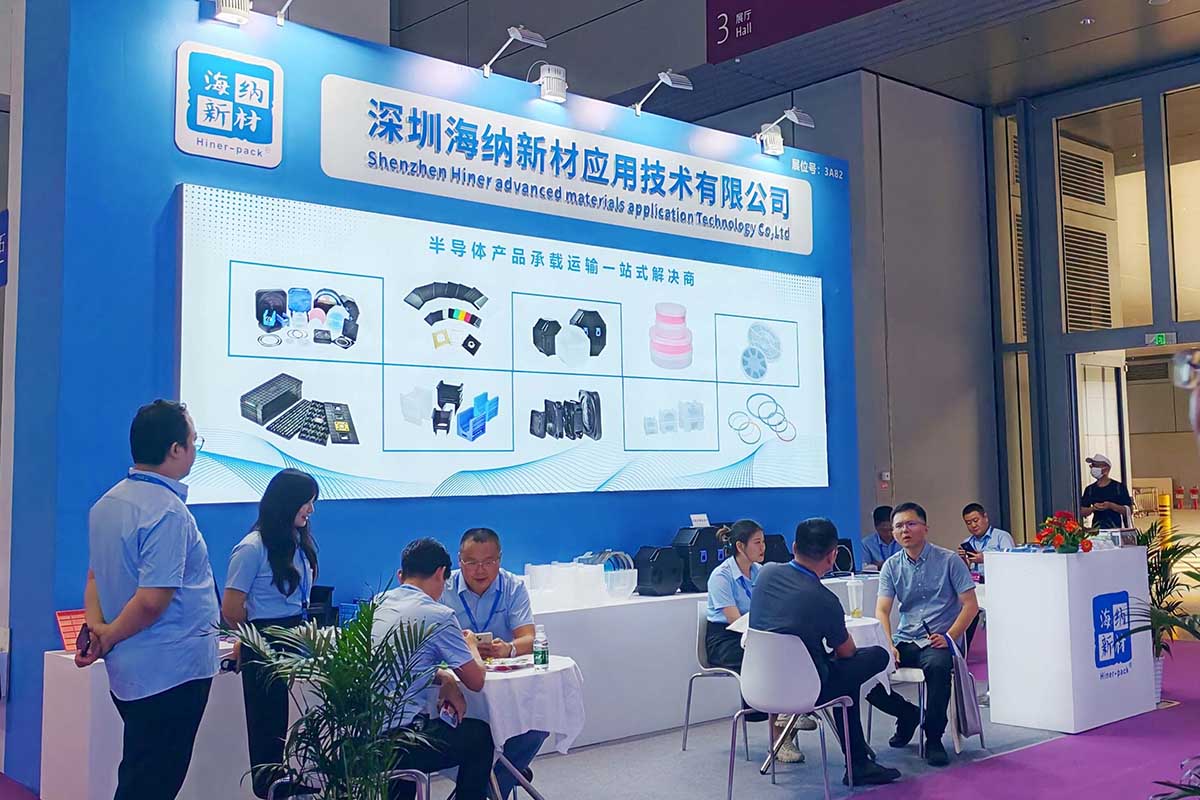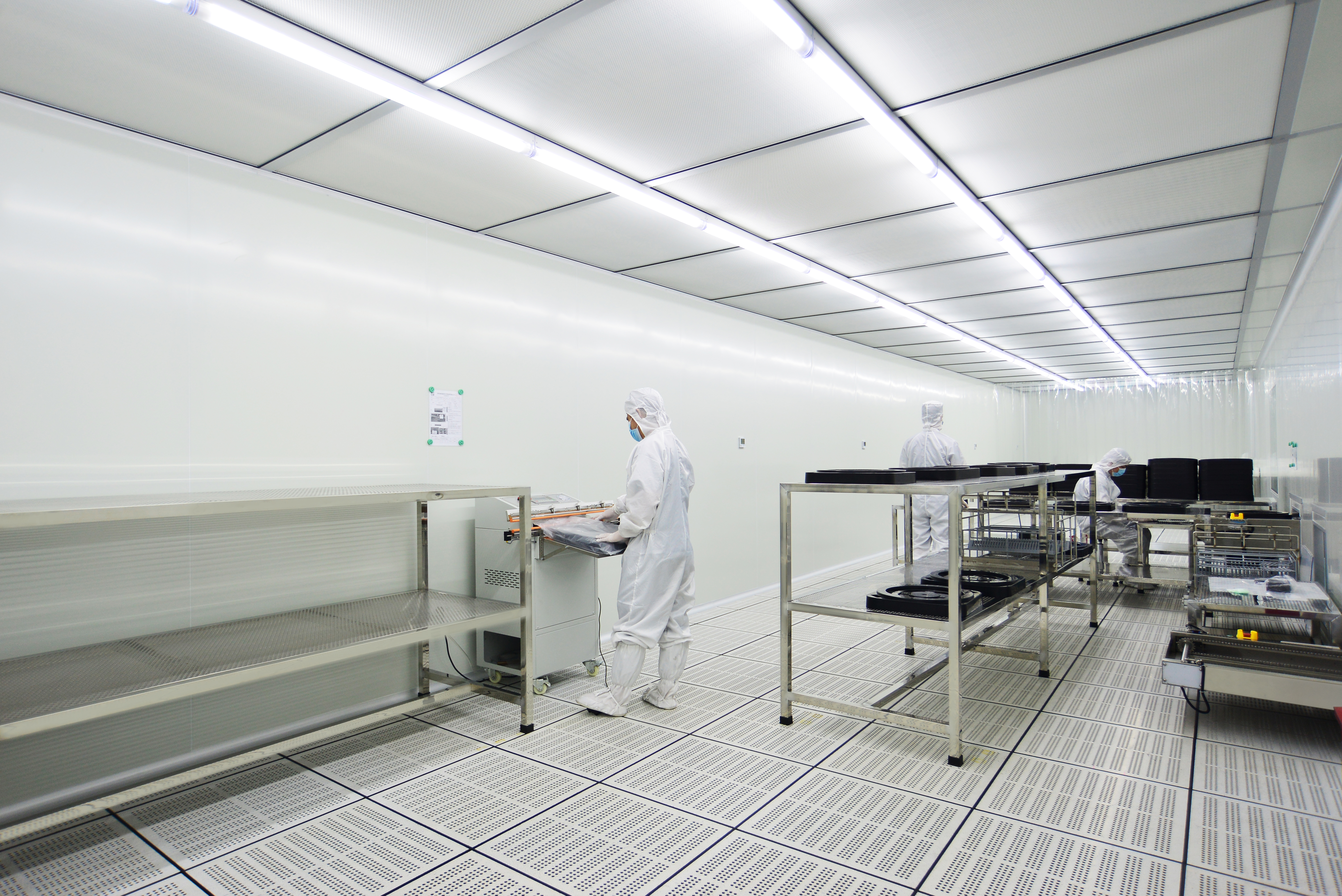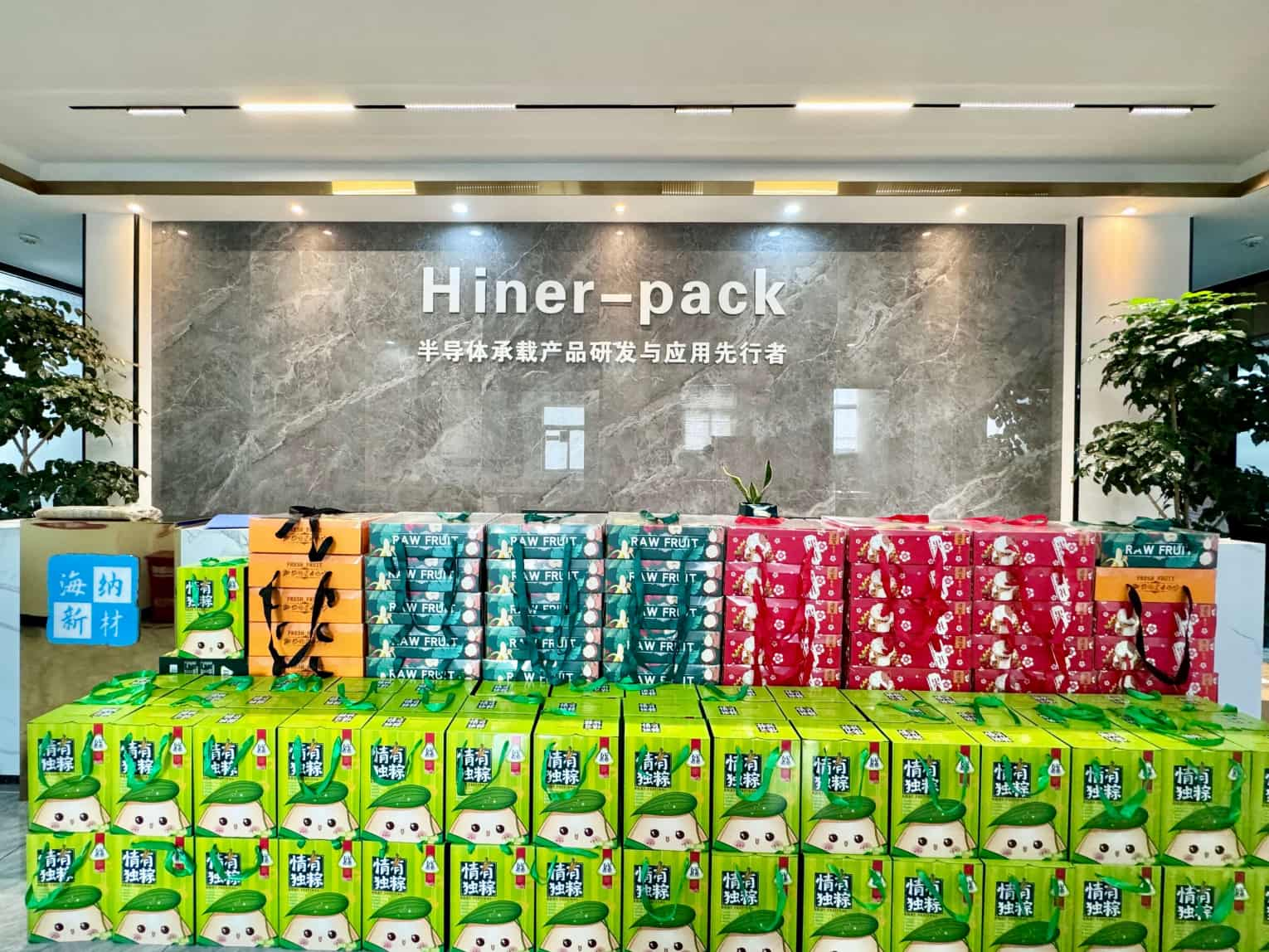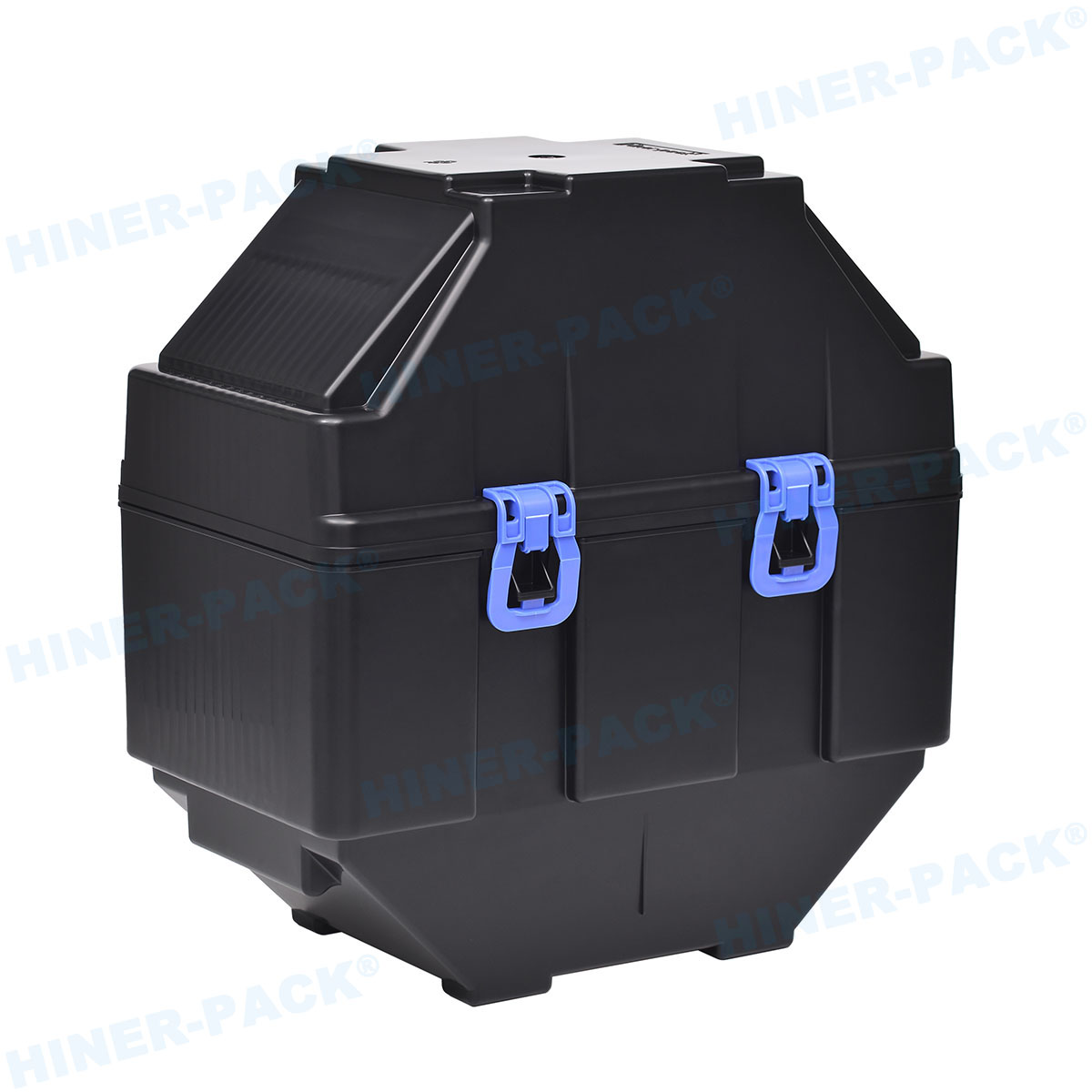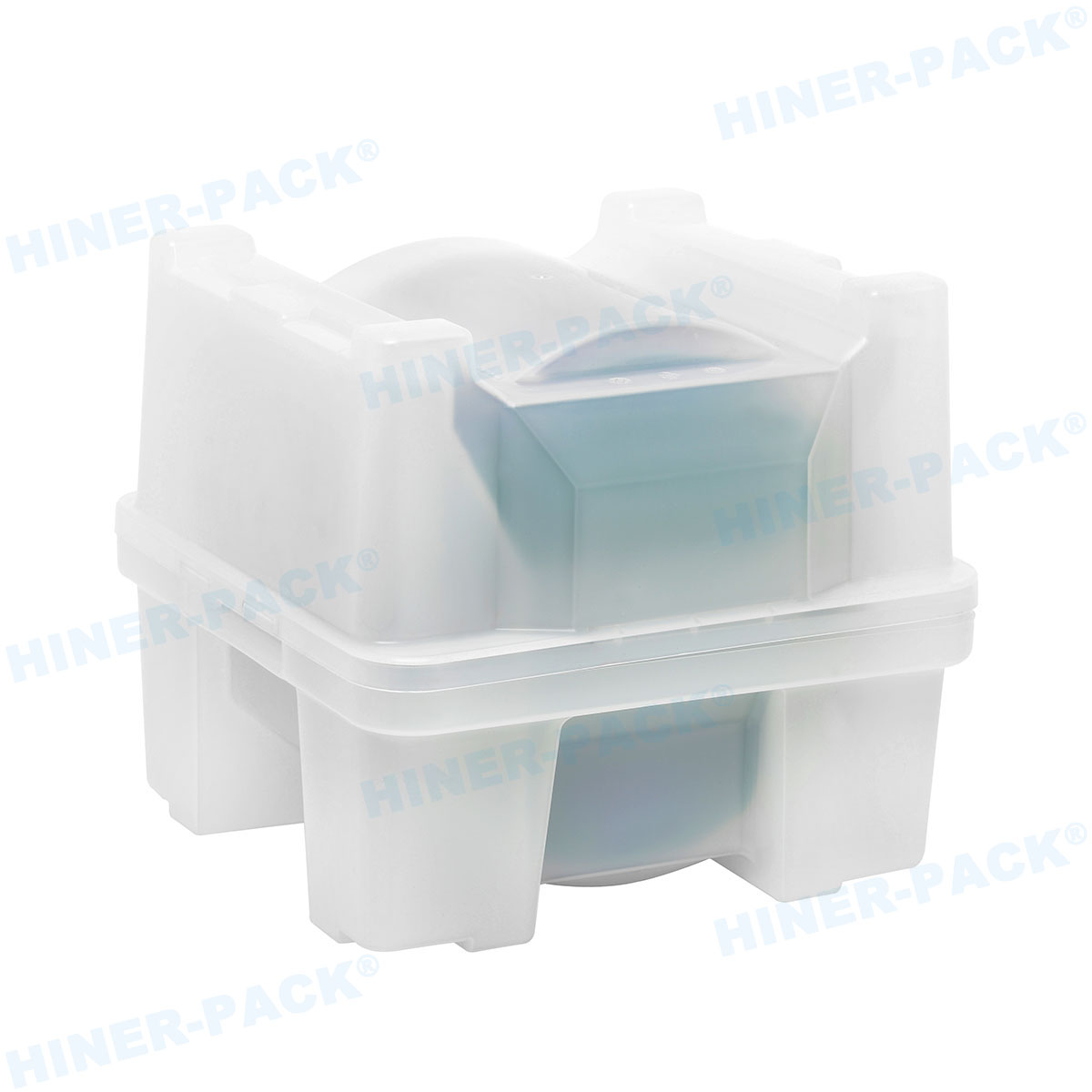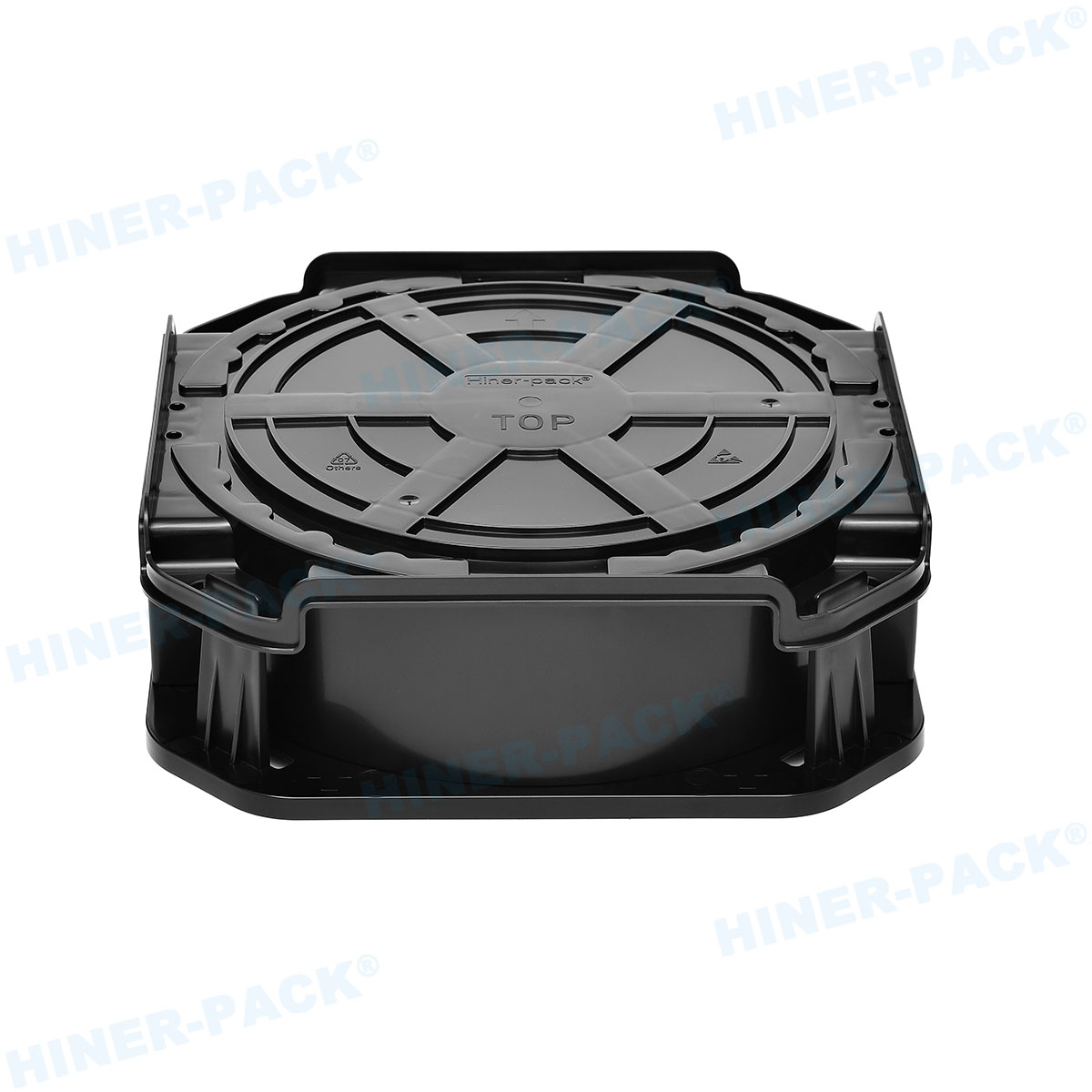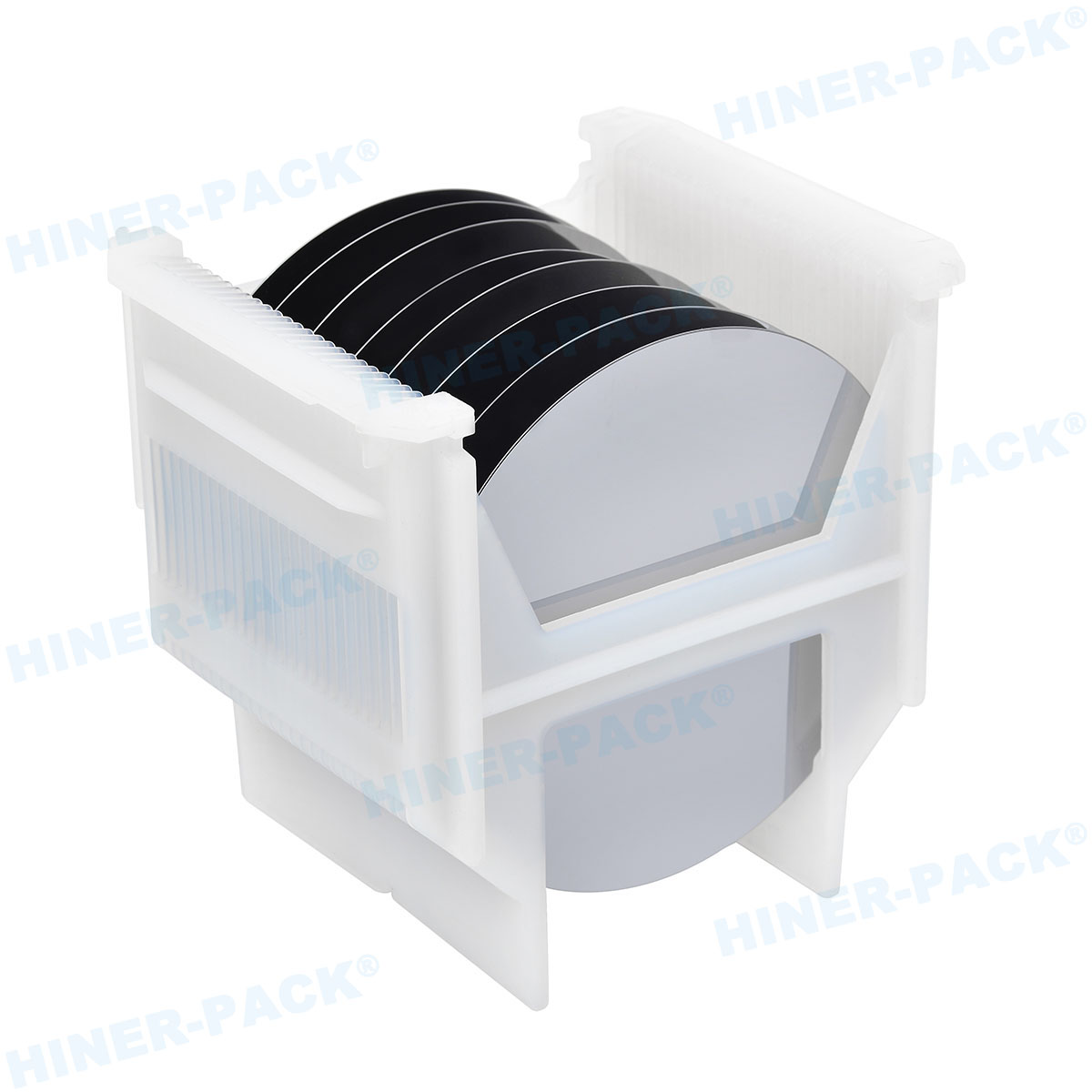In the intricate world of semiconductor manufacturing and research, the humble wafer box for laboratory (lab) plays a critical, often understated role. These containers, also known as wafer cassettes or carriers, are the primary vessels responsible for safeguarding the heart of modern electronics—the silicon wafer. From the moment a wafer is sliced until it becomes a complex integrated circuit, its integrity is paramount. Scratches, contamination, or physical damage at any stage can result in catastrophic yield losses. This makes the selection of the right wafer storage solutions not just a matter of convenience, but a fundamental aspect of quality control and operational efficiency in any cleanroom or lab environment.
This article delves into the specifics of the most common wafer cassette sizes, explores the offerings of a leading wafer box manufacturer, and discusses when custom solutions are necessary, providing a comprehensive overview for engineers, procurement specialists, and lab managers.
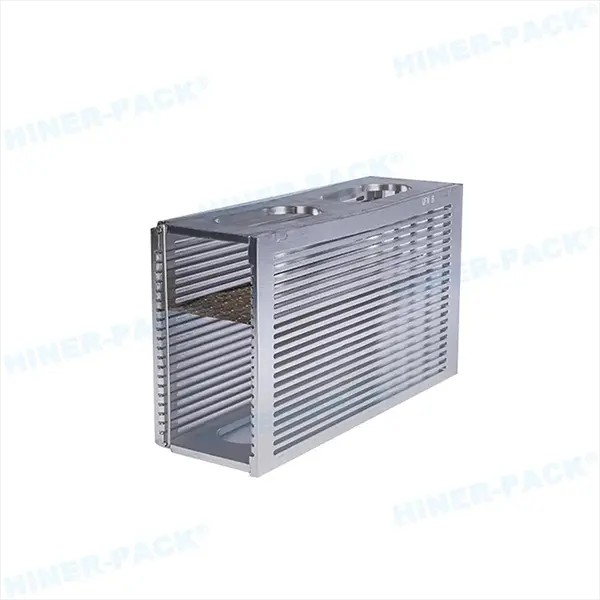
Understanding the Standard Sizes: A Fit for Every Wafer
The semiconductor industry has standardized on specific wafer diameters, and consequently, the cassettes that hold them. The three most prevalent sizes in fab labs and production facilities today are the 4 inch, 6 inch, and 8 inch varieties.
The 4 inch Wafer Cassette (100mm): The Workhorse for R&D and Legacy Tech
The 4 inch wafer cassette (100mm), though representing an older technology node, remains incredibly relevant. It is frequently encountered in research and development laboratories, universities, and facilities that work with micro-electromechanical systems (MEMS), sensors, and power devices.
Applications: Ideal for prototyping new processes, academic research, and manufacturing devices that do not require the larger surface area of newer wafers. Many legacy production lines are also still tuned for this size.
Key Features: These cassettes are compact, typically holding 25 wafers. Their smaller size makes them easier to handle manually in environments with less automation. Durability and chemical resistance are key, as they must withstand numerous processing cycles.
Material: Most are made from high-purity, static-dissipative plastics like PFA, PP, or PC that are certified for cleanroom use to prevent particulate generation and electrostatic discharge (ESD), which can damage sensitive circuits.
The 6 inch Wafer Cassette (150mm): Balancing Tradition and Transition
Serving as a bridge between older and more modern manufacturing processes, the 6 inch wafer cassette (150mm) is a common sight in many operational fabs. It offers a greater surface area for chip production compared to the 4-inch wafer, leading to higher productivity per wafer.
Applications: Widely used for a diverse range of semiconductor devices, including analog chips, some memory chips, and discrete semiconductors. Many existing fabrication plants are equipped for this wafer size.
Key Features: The 6 inch wafer cassette (150mm) is designed for compatibility with a vast array of existing equipment, including automated handling systems, wet benches, and diffusion furnaces. They are engineered for precise wafer pitch (spacing) to prevent contact and subsequent damage during robotic transfer.
Considerations: As the industry continues to shift towards larger diameters, the infrastructure for 150mm wafers remains robust, making these cassettes a stable and essential component for numerous production lines.
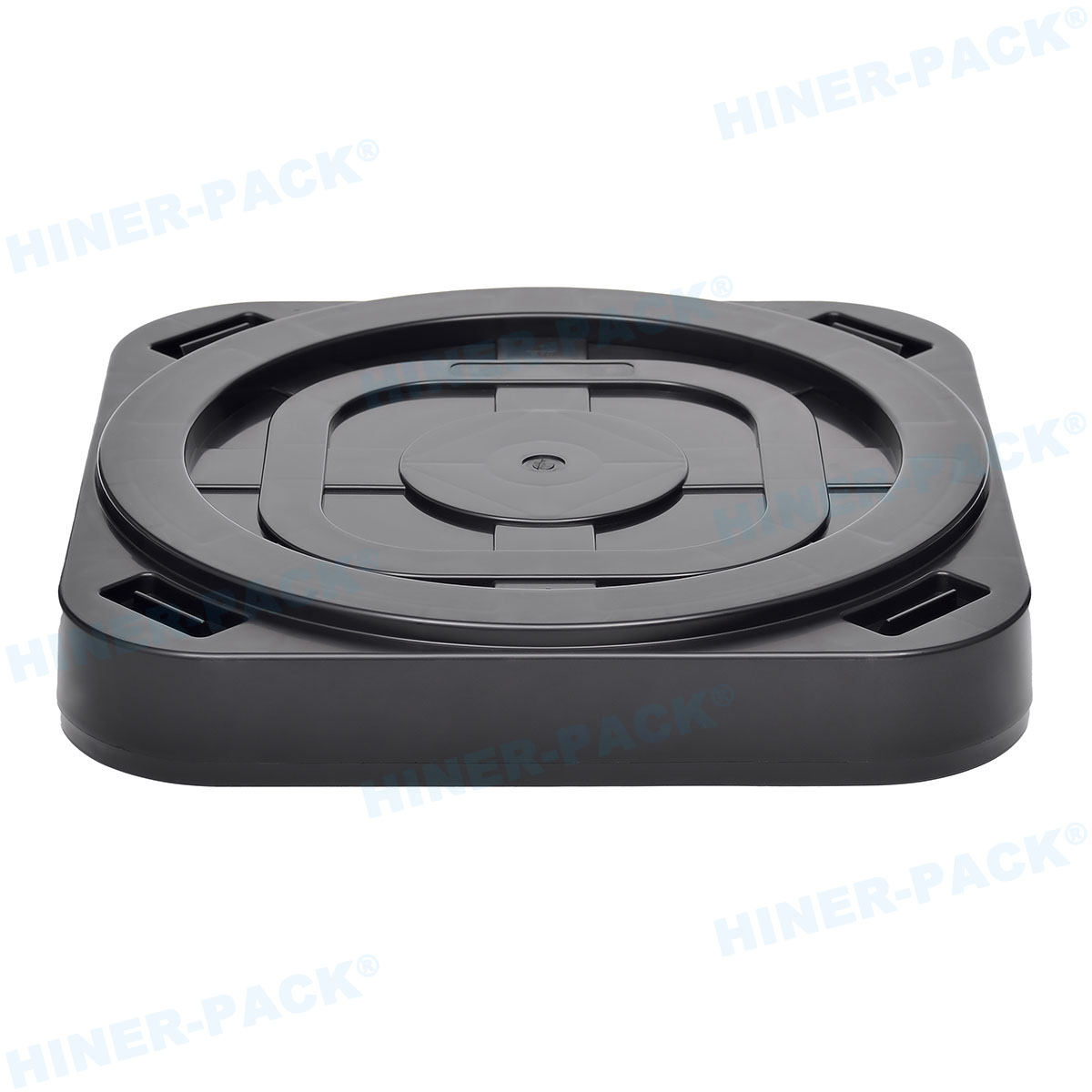
The 8 inch Wafer Box (200mm): The Industry Standard for High Volume
The 8 inch wafer box (200mm) is arguably the workhorse of the volume semiconductor manufacturing world. Representing a sweet spot between technological advancement and cost-effectiveness, 200mm fabs are running at high capacity to meet global demand for a multitude of chips.
Applications: The primary choice for manufacturing a vast range of mainstream products, including advanced microprocessors, DRAM, and NAND flash memory. The larger surface area allows for more chips per wafer, significantly driving down cost per die.
Key Features: An 8 inch wafer box (200mm) is built for rugged, automated environments. They often feature reinforced structures to handle the weight of 25 wafers, advanced latching mechanisms to prevent accidental opening, and are designed for seamless integration with SMIF (Standard Mechanical Interface) pods. This compatibility is crucial for maintaining a mini-environment and ensuring wafer integrity in Class 1 cleanrooms.
Material and Design: Manufacturers use ultra-high-purity, low-outgassing materials to minimize the risk of airborne molecular contamination (AMC), which can degrade wafer quality during storage and transport.
The Role of a Specialized Wafer Box Manufacturer
Selecting a supplier is about more than just purchasing a container; it's about forming a partnership with a knowledgeable wafer box manufacturer. A reputable manufacturer brings far more to the table than just molding plastic.
Material Science Expertise: They possess deep knowledge of polymer science, offering products made from materials with specific properties: Vespel for extreme temperatures, PFA for exceptional chemical purity, or static-dissipative compounds for ESD protection.
Precision Engineering: Every dimension, from the slot width to the overall cassette profile, is machined to exacting tolerances. This precision ensures compatibility with equipment from different OEMs (Original Equipment Manufacturers) and prevents misalignment that could lead to wafer chipping or breaking.
Quality and Certification: Top-tier manufacturers operate in certified cleanrooms and their products meet stringent industry standards such as SEMI guidelines. They provide certificates of compliance and perform rigorous quality checks for particulates, ionic contamination, and mechanical dimensions.
Consistency and Reliability: A trusted manufacturer ensures that every batch of cassettes is identical, providing the consistency required for high-yield manufacturing. Any variation can introduce unforeseen variables into a highly controlled process.
Beyond Standard Sizes: The Need for Custom Wafer Storage Solutions
While standard cassettes cover most needs, many cutting-edge applications require tailored approaches. This is where expertise in custom wafer storage solutions becomes invaluable. Off-the-shelf products are not always sufficient for unique challenges.
Non-Standard Wafer Sizes: Applications like photonics, compound semiconductors (e.g., GaAs, GaN), or specialized research often use wafers with thicknesses or diameters that deviate from the norm (e.g., 2-inch, 3-inch, or 12-inch+).
Unique Process Requirements: A process might require a cassette that can withstand ultra-high temperatures in a diffusion furnace without warping, or one that is transparent to specific wavelengths of light for inspection purposes.
Integrated Functionality: Some solutions may need to integrate with specific automation, feature built-in RFID tagging for wafer tracking, or have special handling features for manual operations.
Transport and Shipping: Secure, shock-absorbent, and hermetically sealed containers for inter-facility or international wafer transport are a common custom request, far exceeding the requirements of standard in-fab cassettes.
A proficient wafer box manufacturer will work closely with clients to understand their specific process flow and challenges, designing and prototyping custom wafer storage solutions that address these unique needs directly, thereby enhancing process efficiency and protecting valuable product.
Common Challenges and Problems with Wafer Boxes
Even the best-designed products can face issues. Being aware of common problems helps in selection, handling, and troubleshooting.
Particulate Generation and Contamination: This is the primary enemy. Over time, cassettes can wear, and low-quality materials can shed particles. These microscopic contaminants can land on a wafer, causing defects. Regular cleaning and inspection are mandatory, and choosing a manufacturer with a proven low-particulate product is essential.
ESD Damage: Electrostatic discharge can instantly destroy sensitive components. Using cassettes made from static-dissipative or conductive materials is non-negotiable in modern fabs. Failure to do so risks invisible but costly damage.
Mechanical Failure: Latches can break, handles can snap, or the cassette body can warp, especially after repeated exposure to high-temperature processes. This can lead to dropped wafers, jams in automated equipment, and costly downtime.
Chemical Incompatibility: Exposure to harsh chemicals like HF acid or strong solvents can degrade certain plastics, causing them to become brittle, discolor, or leach contaminants. It is crucial to match the cassette material to the chemicals used in the lab process.
Misalignment and Warping: Slots that are too tight can scratch wafers upon insertion or removal. Slots that are too loose can allow wafers to vibrate and contact each other during transport. A warped cassette will not interface correctly with processing equipment, leading to misloads and potential breakage.
Outgassing: Some plastics release volatile organic compounds (VOCs) over time, especially in vacuum or high-heat environments. This gaseous contamination can deposit on wafer surfaces, altering their electrical properties.
Mitigating these issues involves a proactive strategy: partnering with a high-quality wafer box manufacturer, implementing strict handling protocols, establishing a regular cleaning and inspection schedule, and retiring old cassettes that show signs of wear.
The choice of a wafer box for laboratory (lab) is a technical decision with significant implications for yield, efficiency, and cost. Whether you are handling pioneering research on a 4 inch wafer cassette (100mm), maintaining production on a 6 inch wafer cassette (150mm), or running a high-volume line using an 8 inch wafer box (200mm), the principles remain the same: purity, precision, and protection. The expertise of a dedicated wafer box manufacturer provides the assurance of quality and compatibility, while the ability to develop custom wafer storage solutions ensures that even the most specialized processes have the support they need. By understanding the standards, recognizing the value of quality manufacturing, and being vigilant about common problems, labs and fabs can ensure their most valuable assets are protected every step of the way.



